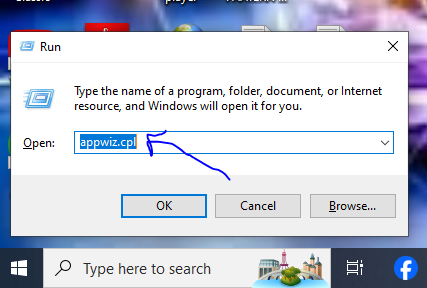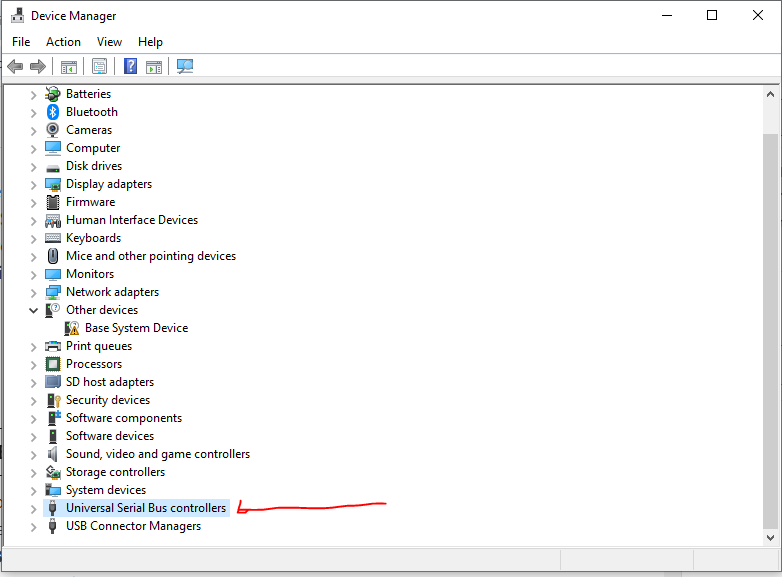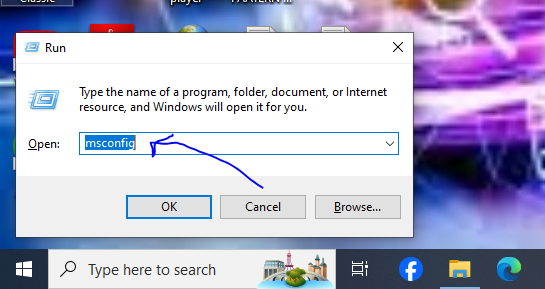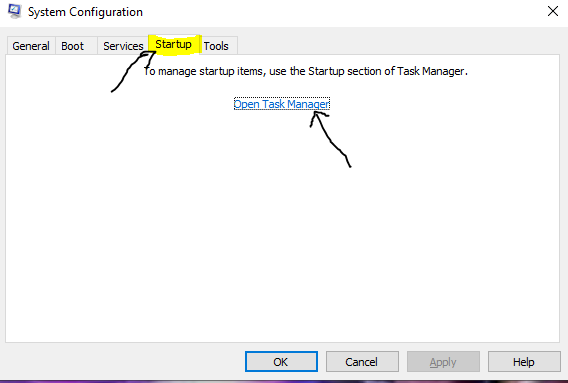If you’re an Apple device user who frequently connects your iPhone, iPad, or iPod to your Windows computer, you might have encountered the infamous “iTunesMobileDevice.dll” error. This error typically arises when iTunes cannot find the necessary DLL file required for proper communication with Apple devices. In this comprehensive guide, we’ll explain what are the causes of iTunesMobileDevice.DLL not found and How to fix the iTunesMobileDevice.DLL not working Problem.
What is iTunesMobileDevice.DLL?
The iTunesMobileDevice.dll is a dynamic link library file associated with Apple’s iTunes software. It plays a crucial role in establishing a connection between your Apple device and the iTunes application on your Windows PC. When this file is missing, corrupted, or improperly registered, iTunes may fail to recognize your device, leading to connectivity issues and errors.
Causes: Why iTunesMobileDevice.DLL Error Occurs?
There are several reasons that the iTunesMobileDevice.DLL not found message is shown on Windows. Here are the main causes of iTunesMobileDevice.DLL Error:
1. Corrupted or Missing DLL File:
Sometimes Corrupted DLL File cause the error and there might be the dll file missing, which is a major cause of the iTunes.DLL error. These action occurs in the Form given:
- Accidental Deletion: The iTunesMobileDevice.dll file might get accidentally deleted by the user or by another application.
- File Corruption: The file can become corrupt due to a system crash, improper shutdown, or other software issues.
2. Outdated iTunes Version:
- Incompatibility: Using an outdated version of iTunes may not be compatible with the latest iOS updates, leading to errors in recognizing the device.
3. Faulty Installation:
- Incomplete Installation: If the iTunes installation process is interrupted or not completed properly, essential files, including iTunesMobileDevice.dll, might not be installed correctly.
- Installation Conflicts: Installing iTunes alongside other software can sometimes cause conflicts, leading to missing or corrupted files.
4. Registry Issues:
- Invalid Entries: The Windows registry contains information and settings for all installed applications, including iTunes. Corrupt or invalid registry entries related to iTunesMobileDevice.dll can cause errors.
- Registry Cleanup: Over time, the registry can accumulate unnecessary or corrupt entries, which may affect the DLL file’s registration and functionality.
5. Malware Infections:
- Virus Attack: Malware and viruses can infect and corrupt system files, including iTunesMobileDevice.dll.
- Security Vulnerabilities: Using outdated security software may expose the system to malware that targets DLL files.
6. System File Issues:
- Operating System Problems: Issues with the Windows operating system, such as corrupt system files or disk errors, can impact the functionality of the iTunesMobileDevice.dll file.
- Driver Conflicts: Conflicts between different device drivers on your system can also lead to DLL errors.
7. Software Conflicts:
- Third-Party Applications: Some third-party applications can interfere with iTunes, leading to problems with the DLL file.
- Background Processes: Background processes and services running on the system can sometimes conflict with iTunes, causing the error.
Understanding these causes can help in diagnosing and fixing the iTunesMobileDevice.dll error. Properly addressing each potential cause through updates, system scans, registry fixes, and careful software management will ensure that iTunes functions correctly with your Apple devices.
Fixes: How to Fix iTunesMobileDevice.DLL Error ?
The iTunesMobileDevice.dll error typically occurs when iTunes cannot locate or use the iTunesMobileDevice.dll file, which is essential for connecting Apple devices to iTunes. Here are several steps to fix this error:
Step 1: Restart Your Computer:
Sometimes a simple restart can resolve the issue. Restart your computer and try opening iTunes again.

Step 2: Update iTunes:
Ensure you are using the latest version of iTunes. You can check for updates through iTunes or download the latest version from the Apple website. For Updating iTunes Follow the steps:
- Open iTunes.
- Go to Help > Check for Updates.
- Follow the prompts to install any available updates.
Step 3: Reinstall iTunes and Apple Mobile Device Support:
Reinstalling iTunes and its components can often fix the error.
1. Uninstall iTunes and the Related Components:
- Press
Win + R, typeappwiz.cpl, and press Enter.

- Uninstall the following programs in this order:
- iTunes
- Apple Software Update
- Apple Mobile Device Support
- Bonjour
- Apple Application Support (32-bit)
- Apple Application Support (64-bit)
2. Restart Your Computer.
3. Download and Install iTunes:
- Go to the Apple iTunes download page.
- Download and install the latest version of iTunes.

- Follow the prompts to complete the installation.
Step 4: Register iTunesMobileDevice.dll Manually:
Sometimes you may need to manually register the DLL file. To Register the DLL File Manually follow the steps given below:
1. Open Command Prompt as Administrator:
- Click on Windows icon, search for Command Prompt and select Run As Administrator.

2. Enter the Following command and Press Enter:
- regsvr32 /s “C:\Program Files\Common Files\Apple\Mobile Device Support\iTunesMobileDevice.dll”
Step 5: Check For Windows Update:
Ensure your operating system is up-to-date.
- Go to Settings > Update & Security.

- Click on Check for updates and install any available updates.
Step 6: Disable Antivirus/ Firewall Temporarily:
Sometimes, antivirus or firewall software can interfere with iTunes. Temporarily disable your antivirus/firewall and see if the issue is resolved. Remember to enable them afterward.

Step 7: Run iTunes as Administrator:
Running iTunes with administrative privileges can sometimes fix the issue.
- Right-click the iTunes shortcut.
- Select Run as administrator.

Step 8: Repair Apple Mobile Device Service:
- Press
Win + R, typeservices.msc, and press Enter. - Locate Apple Mobile Device Service in the list.
- Right-click on it and select Properties.
- Set Startup type to Automatic.
- Click on Start if the service is not running.
- Click Apply and OK.
Step 9: Check USB Drivers:
Ensure that the Apple Mobile Device USB Driver is installed correctly.
- Connect your Apple device to the computer.
- Open Device Manager by pressing
Win + Xand selecting Device Manager.

- Expand the Universal Serial Bus controllers section.

- Look for Apple Mobile Device USB Driver.
- If it’s not there, or if there’s a yellow exclamation mark, you may need to update or reinstall the driver.
Step 10: Perform A Clean Boot:
A clean boot helps eliminate software conflicts.
- Press
Win + R, typemsconfig, and press Enter.

- Go to the Startup tab and click Open Task Manager.

- Disable all startup items.
- Close Task Manager and click OK in the System Configuration window.
- Restart your computer.
- Go to the Services tab.

- Check Hide all Microsoft services and click Disable all.
By following these steps, you should be able to fix the iTunesMobileDevice.dll error and get iTunes working correctly again. If the issue persists, consider contacting Apple Support for further assistance.
iTunesMobileDevice.DLL Download:
To Download the iTunesMobileDevice.DLL. Click On Download Button:
